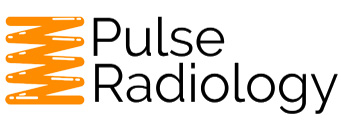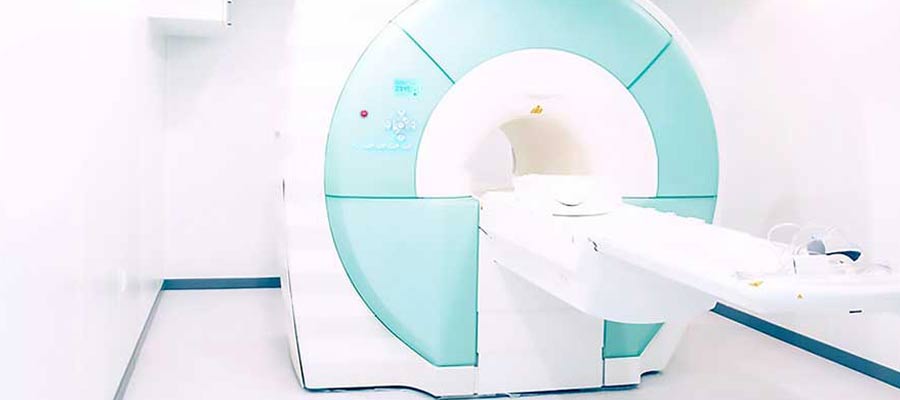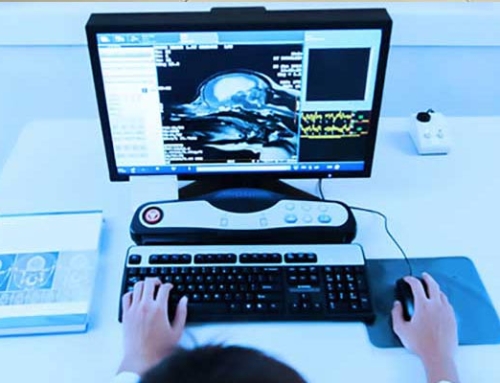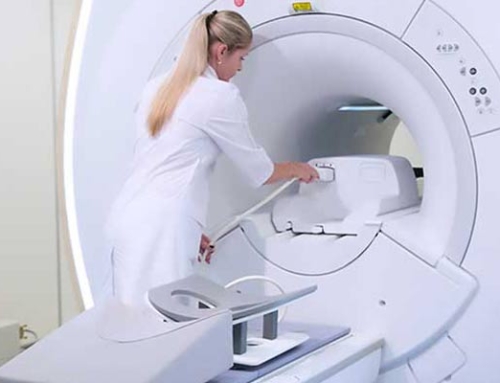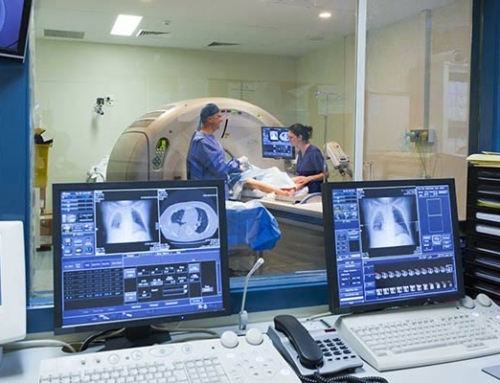With current events focused solely on the COVID-19 pandemic, universities, and students around the world after flocking to online education. The precaution to help limit the spread of the virus has forced universities to move traditional, brick-and-mortar classroom lectures to online platforms with the hopes of continuing scheduled course syllabi and limiting complete disconnection to their students.
As of midday Tuesday, March 10, 2020, more than half a million university classes have been canceled or moved to online formats. Closures have been announced at several schools on the west coast, such as the University of California-Berkley and Stanford University, and east coast schools Harvard University, Hofstra University, and Columbia University.
Online Schools Remain Untouched
For many schools primarily operating through online education, there has been minimal disruption to student schedules and class progression. Distance education’s benefits truly show their value as students currently enrolled in online programs continue their studies without worrying about spreading the virus to others in a classroom setting.
Since 2016, Pulse Radiology has primarily hosted ARRT Structured Education courses through a user-friendly, web-based platform for licensed radiologic technologists and other radiology professionals. “The beauty of distance education allows our technologists to continue their education uninterrupted,” Pulse Radiology, Founder & CEO Neil Hubers said in a statement. “Our school and students have been operating nicely amid the COVID-19 pandemic with consistent enrollment”.
If you are currently a radiologic technologist, nuclear medicine technologist, radiation therapist, or sonographer, you are eligible for the Pulse Radiology MRI Program.
How to Prepare for COVID-19 At Work
According to the CDC, there are some recommended tips to contain the virus and keep your hospital or imaging center clear of contamination. You can find tips directly on the CDC website.
Staying informed about local COVID-19 outbreaks and developments through verified governmental resources can provide insight into localized areas of the virus. A simple rule is to educate staff on cleanliness, infection control, and hand washing. We consistently touch patients, devices, door knobs, keyboards, and other fomites throughout a workday. Touching is inevitable, but we can control how often we wash our hands. Remember to wash your hands with soap and water (hot or cold) for 20 seconds to effectively wash your hands. We advise limiting “splash and dash,” which is a quick soap and water rinse.
Searches Related to MRI Program

